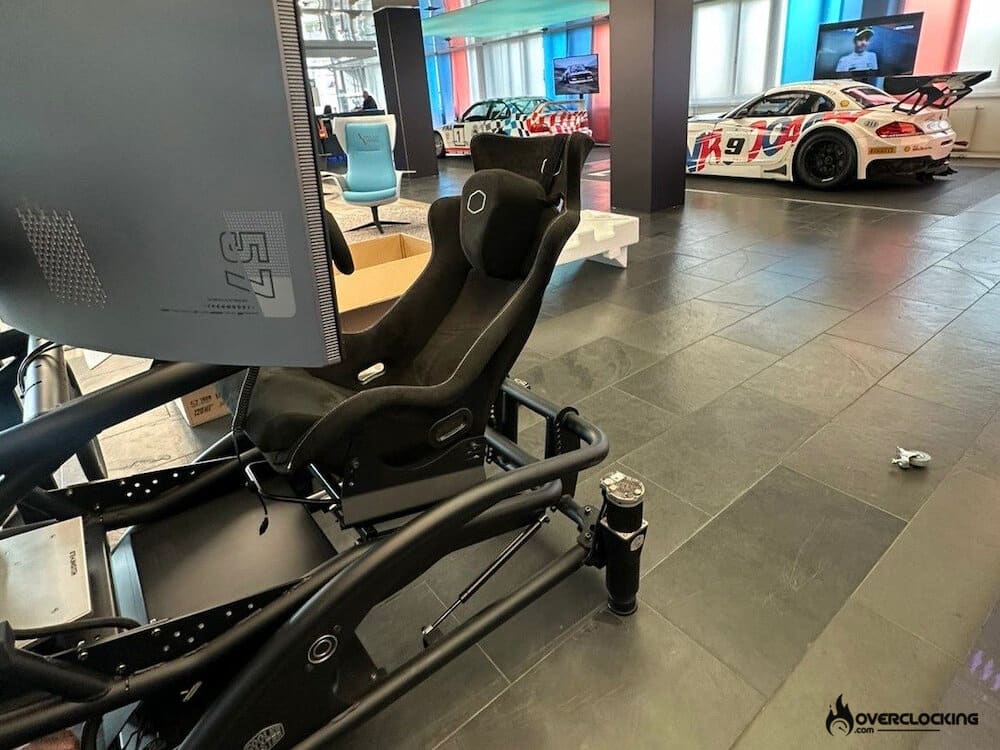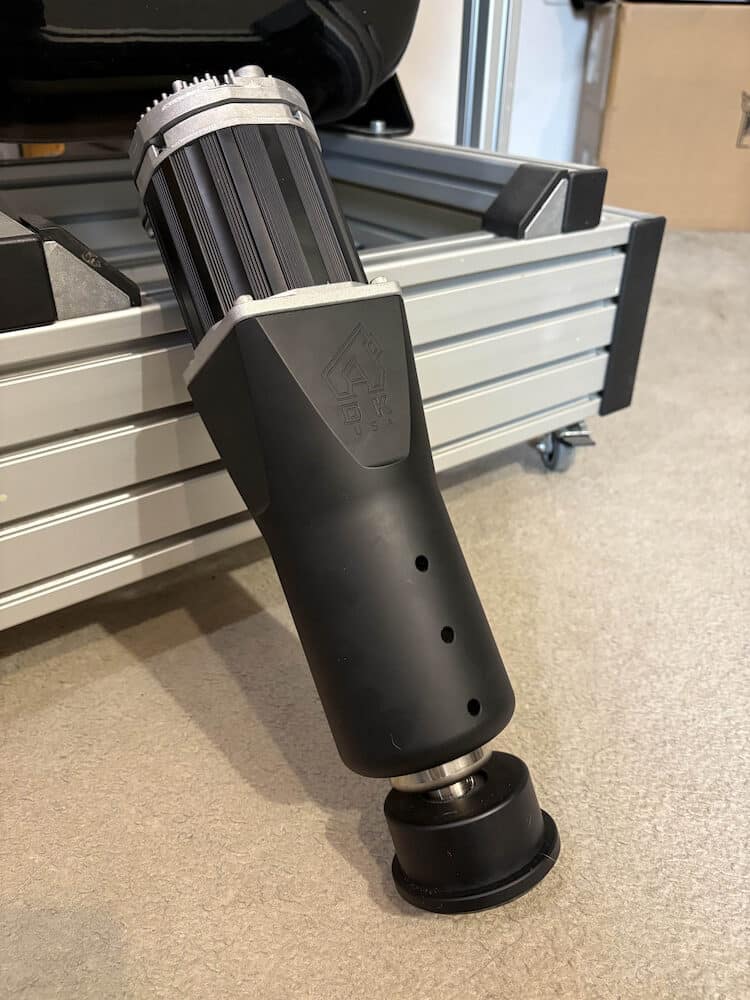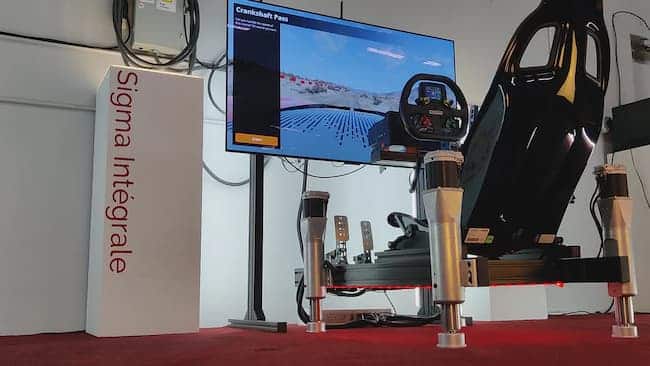A motion system is potentially the most expensive upgrade for a simulator, yet the marketing around them is mostly misleading or a half-truth. Lets deep dive into this technology behind the DK6+ & DK2+ and how it works with the help of Sigma Integrale’s engineers.
You will see that there are many parallels between motion systems and other PC peripherals like Keyboards, Mouses, Monitors… and how marketing numbers are not giving us the full story.
INTRODUCTION
Full disclosure, I fell in love with the products and people from Sigma. Sigma are product first company, or in other words customer focused. Being product first is both their strength but also their weakness, as they put less emphasis on the tempting fast growth strategies such as flashy ads, fancy photoshoots, unrealistic product renders, dubious license deals and sponsorships.
Sigma Integrale has long standing roots in professional and commercial motion markets, such as turning real cars into simulators for trade shows, corporate experience centers, R&D and museums. They never intended to build their own actuators, and previously relied heavily on available systems such D-Box, until an automotive OEM requested more travel and weight capability for lifting cars and trucks, and hence they had to build their own system. That’s when they turned their prior automotive, mechanical and computer engineering knowledge into the products they offer now. The consumer based DK motion system was always a way to give back their knowledge to the sim community on the whole and as the cliche goes, to offer the best product for the best price possible.

The single billet construction is actually more difficult to make than competing products made from multiple assemblies and components. Some companies use standard cut and bent sheet metals to make their actuators, connected with many fasteners which Sigma believes adds complexity, removes robustness and can in some instances remove the haptic feedback gained from a single piece solid, billet made housing and bracket.
Unlike some other systems, the Sigma system is completely turn key and comes with billet mounting brackets. The mounting of the system is very important as it is what fundamentally transfers the haptics of the fine and fast motion from the actuators to the chassis and ultimately the driver. A poor connection between the chassis and actuator can diminish feedback, response and over signal quality. Any mounting option that is away from the chassis, away from the driver, can in effect create minor movements, torsion, or bending that lowers the immediacy of haptic feedback. Sigma chose to use a solid billet bracket that uses both clamping pressure and friction of the plate against the mounting surface to provide exceptional holding strength.
The DK motion system is offered in 3 variations, the DK2, DK2+ and DK6+. The number indicates the maximum travel available in inches, 2 inches (50mm) and 6 inches (150mm). The “+” indicates the weight limit, 227kg on the normal version and 363kg on the “+” version. The system comes with all mounting brackets and accessories to mount to the standard and popular aluminum extrusion profiles.


